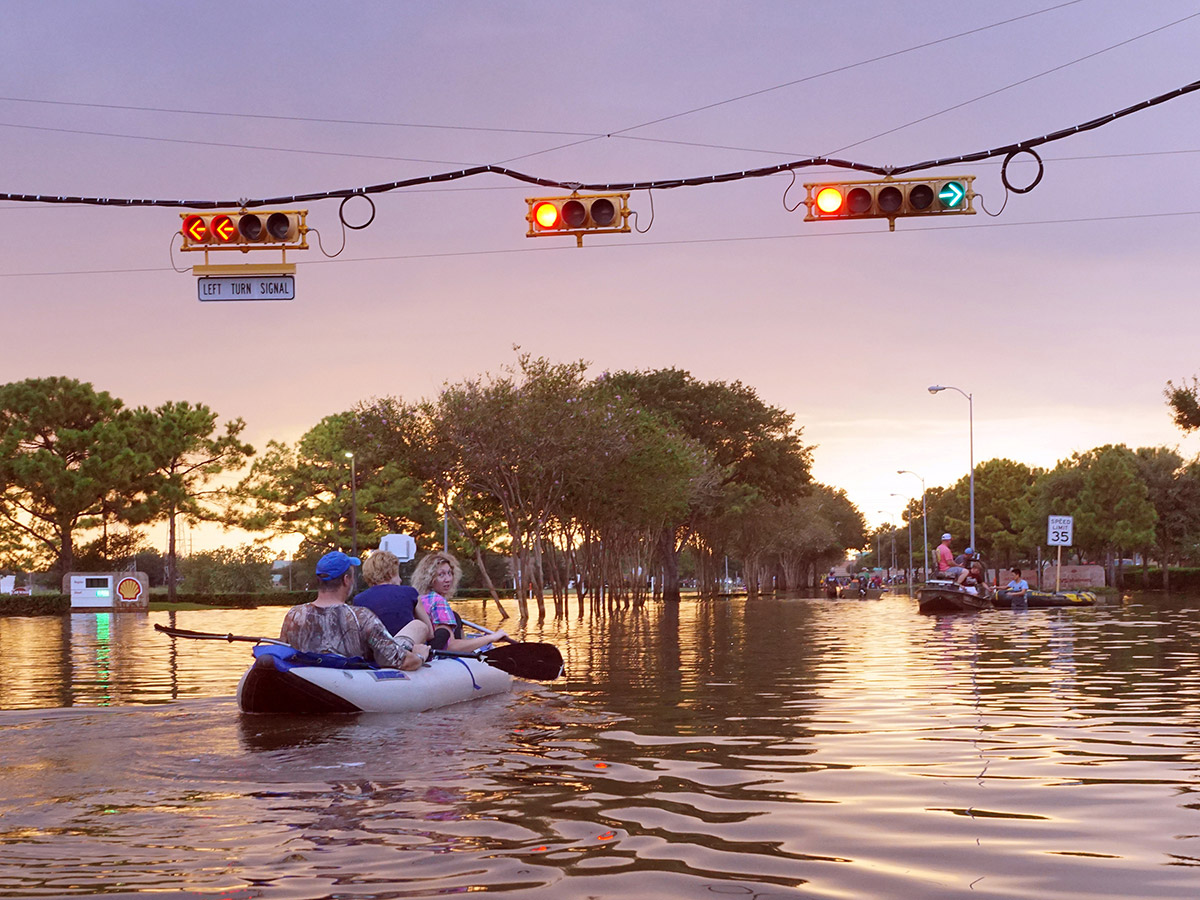Should I stay or should I go? A popular song from the 1980s was in many Floridian’s minds as Hurricane Dorian headed towards Florida, with its path quite uncertain at times. While Florida had a hurricane drought for over a decade, Hurricane Matthew in 2016 was the first storm to threaten Florida in recent years, brushing up close to the coastline of Florida, then moving north and making landfall in South Carolina. This hurricane still impacted the east coast of Florida and caused some residents to evacuate. One hurricane forecast model, the European Model, had Dorian in a path similar to Matthew quite early on, but that was just one model out of many. Like Hurricane Irma in 2017, almost the entire peninsula of Florida was within the “Cone of Uncertainty” during some parts of the forecast, although the track was quite different than that of Irma.
It is important to understand that we should consider landfall anywhere within that cone – not solely rely on the thin black line – and impacts extending outside of the cone too. Hurricane Dorian moved extremely slow during some parts of its track. That has some advantages and disadvantages. The advantage being that it gave people more time to prepare.
Dr. Jennifer Collins, a professor in the School of Geosciences at the University of South Florida, led a team to collect data related to Hurricane Dorian. She and the team headed out to interview people who evacuated, compiling information about people’s evacuation decisions and people’s perceptions about the hurricane.
“What we learned from Irma, which was the largest evacuation in U.S. history, was that people’s social connections greatly influenced their evacuation decisions,” said Collins. “We also saw that while some people had a plan and knew where they were going, many had no plan”. Collins notes that this mindset can be often be dangerous, as hotels meet capacity quickly, in these situations. “I encourage people to think outside the box a little, not to just to think about their close family or friends, but think also about more distant connections you have, because people are often very willing to help in a time of need.”
“Some people who stayed for Hurricane Andrew in 1992 said they would never stay again for something that looked as threatening. They said it was terrifying. Unfortunately, some people who have not experienced such a storm may not take such a threat seriously,” she continued.
As Hurricane Dorian came close, it was important for people to understand that Dorian was not just a wind threat, but it was also a water threat. Collins reiterates that people must remember, similarly as we have seen with other hurricanes, that the water threat is not only the storm surge near the coast, but from inland flooding of the waterways and the rainfall potential.
“When we get a particularly bad storm, people often try and attribute it to something larger. People ask about a climate change connection. Attributing a single storm to anything, whether it is climate change or something else, is difficult,” she says. “Confidence is strongest in attributing types of extreme events, such as heat waves that are closely connected to human-caused global temperature increases. Confidence is lower for other types of events, such as hurricanes, whose relationship to climate change is more complex and less understood at present.”
According to Collins, there is no doubt that the impact of these storms has continued to get worse. She asserts that there is certainly an anthropogenic effect with the storms, with population growth, and more vulnerable coastal infrastructure, particularly with cities which have been poorly planned. She notes that increased temperatures, which have been attributed to humans and human activity, have resulted in melting of ice and a rise in sea levels at a faster rate. “This has an effect on storm surge and potential for flooding, and while there is no clear evidence of an increased number of hurricanes in a warmer world, there is some evidence that the hurricanes are becoming more intense,” she says.
“Studies have also noted that in a warmer environment, there may also be more storms which undergo rapid intensification. We have seen such rapid intensifications with Hurricane Wilma, Rita, Katrina, Patricia, Harvey to name a few, and now Dorian.”
Dr. Collins’ advice to people in areas at risk of hurricanes? “If an evacuation order occurs for your residence, heed it and get out of the way, right away. Evacuate to your nearest, safest place.”
